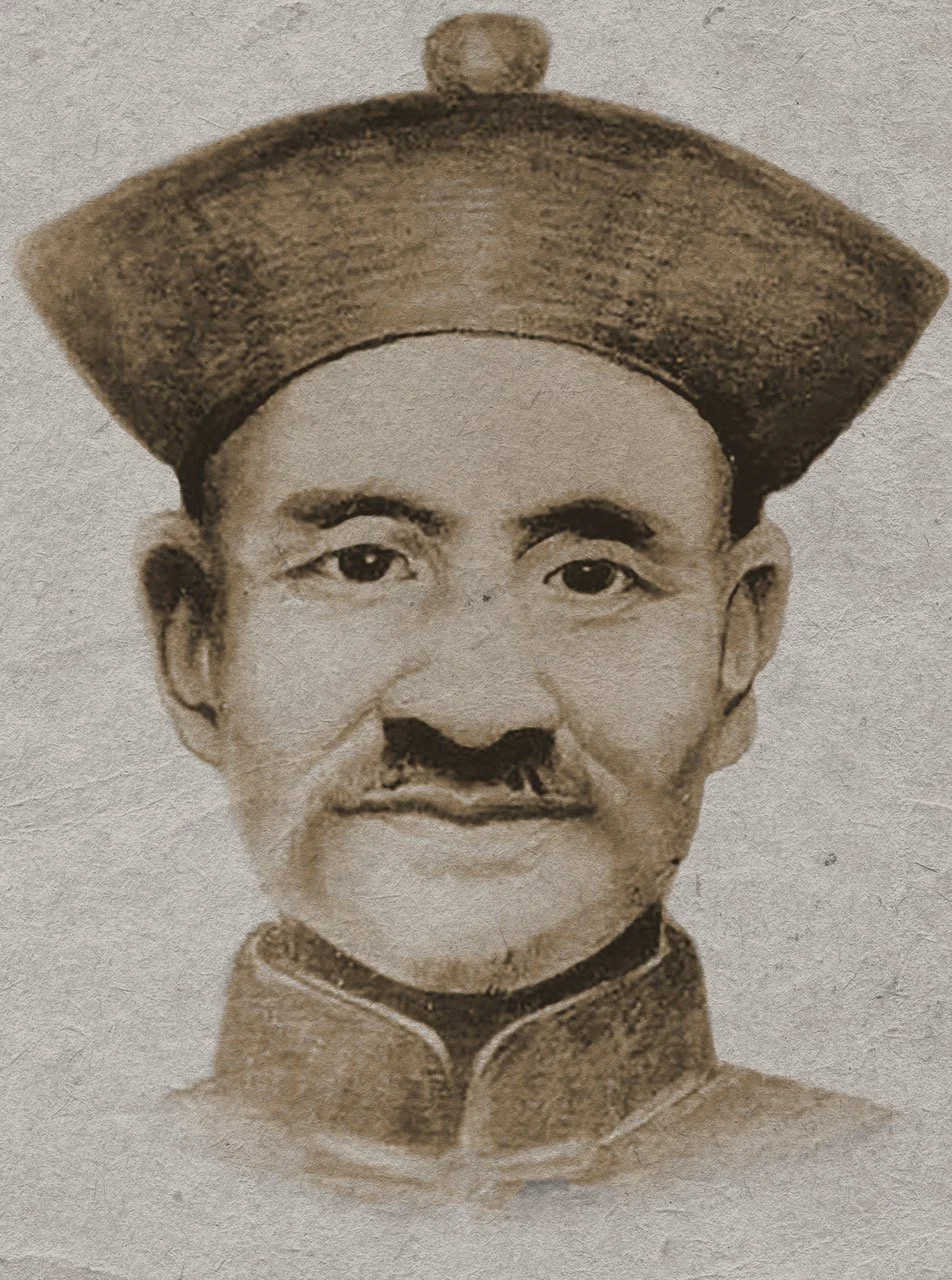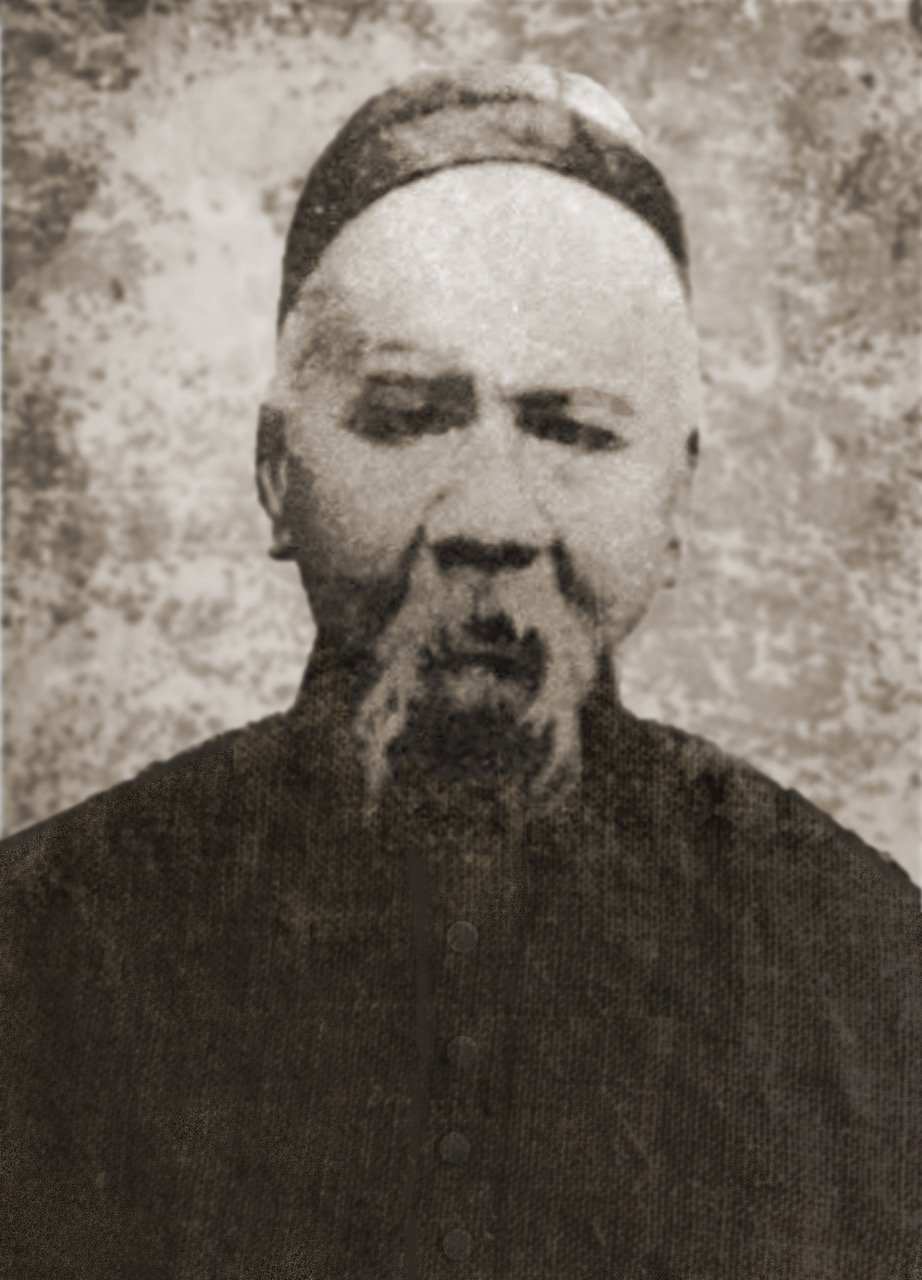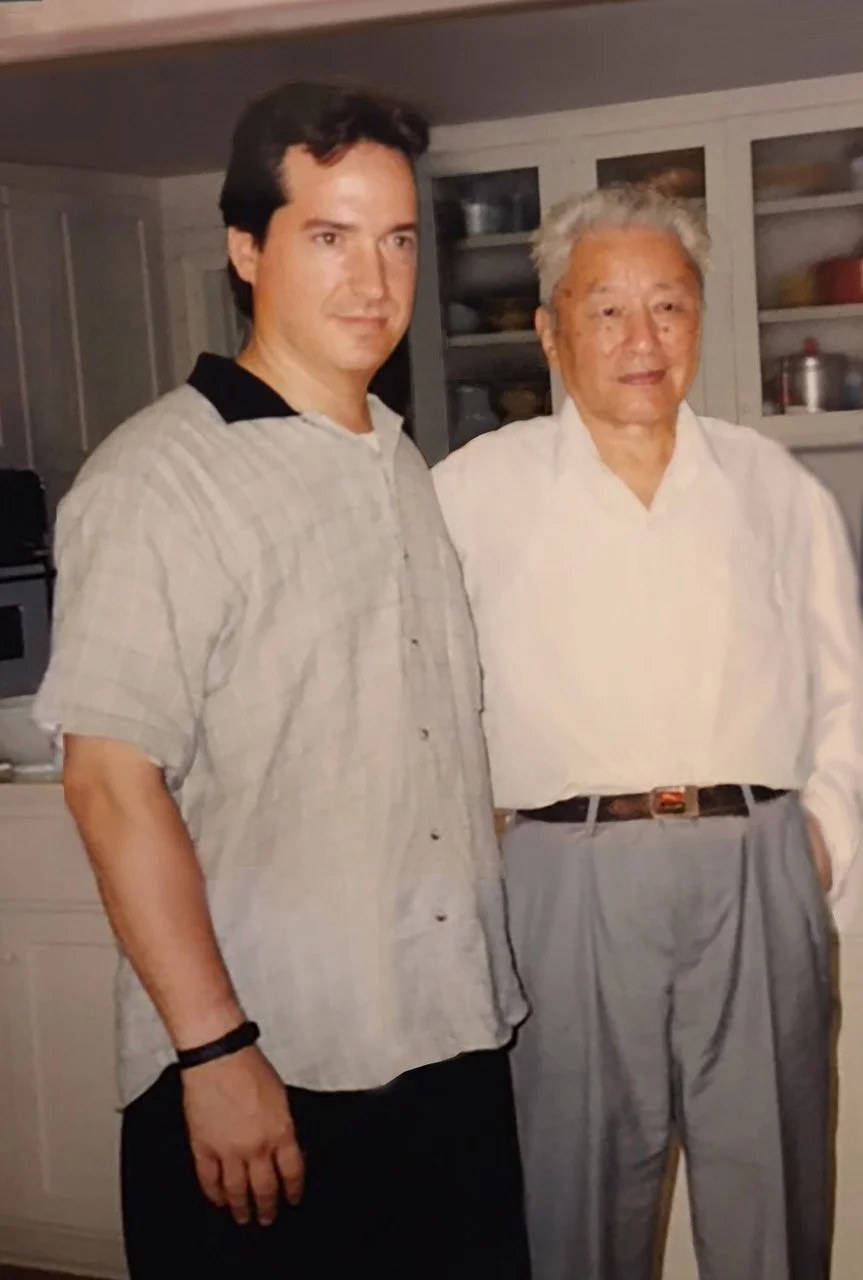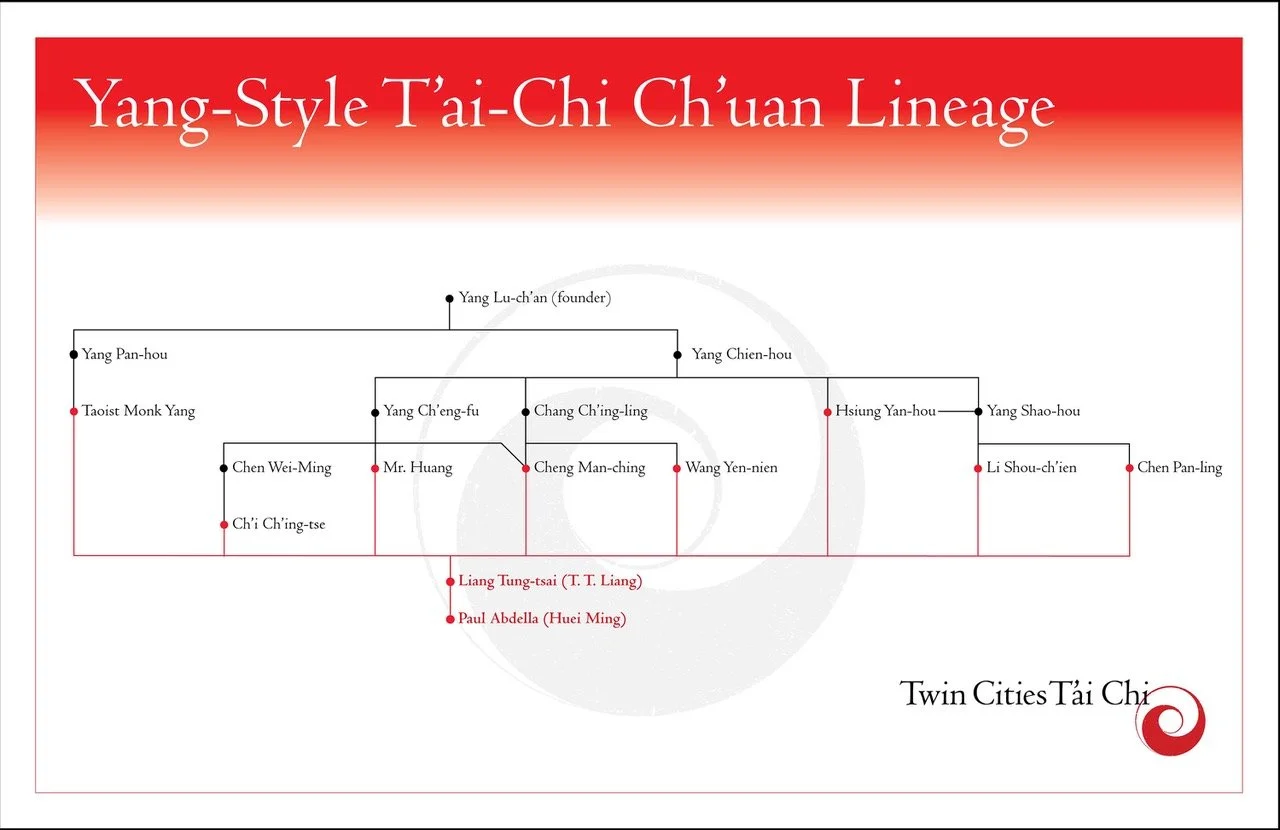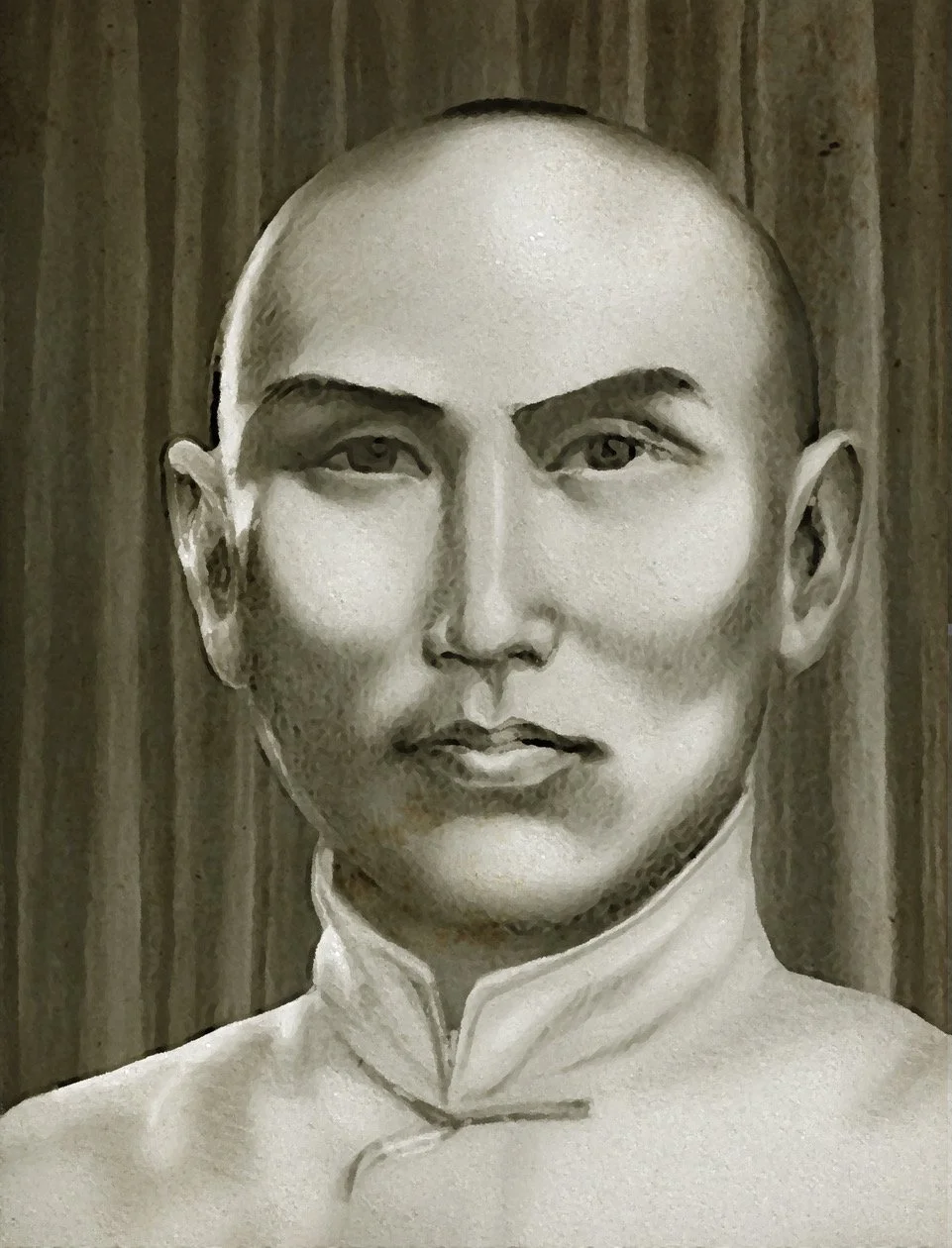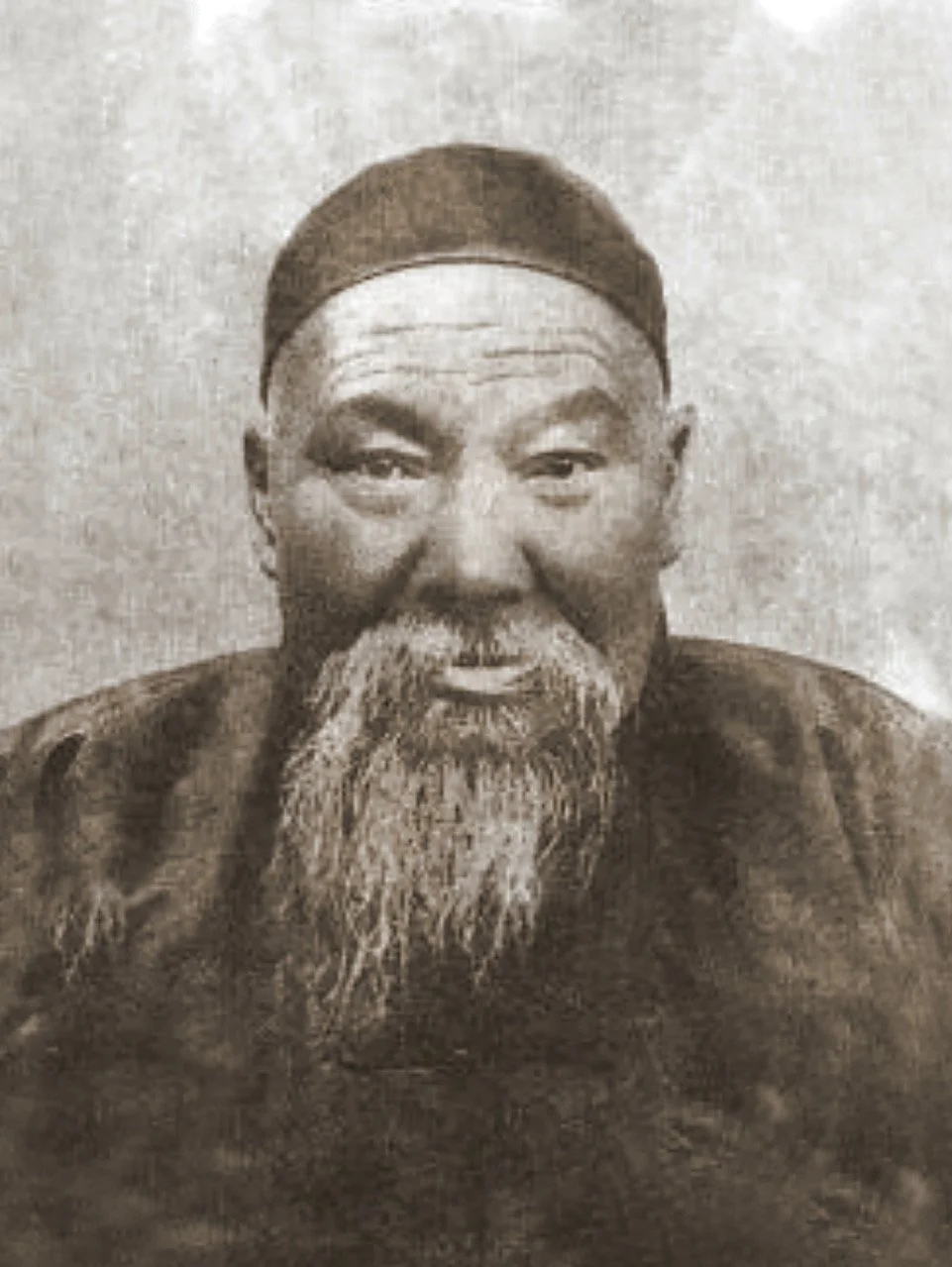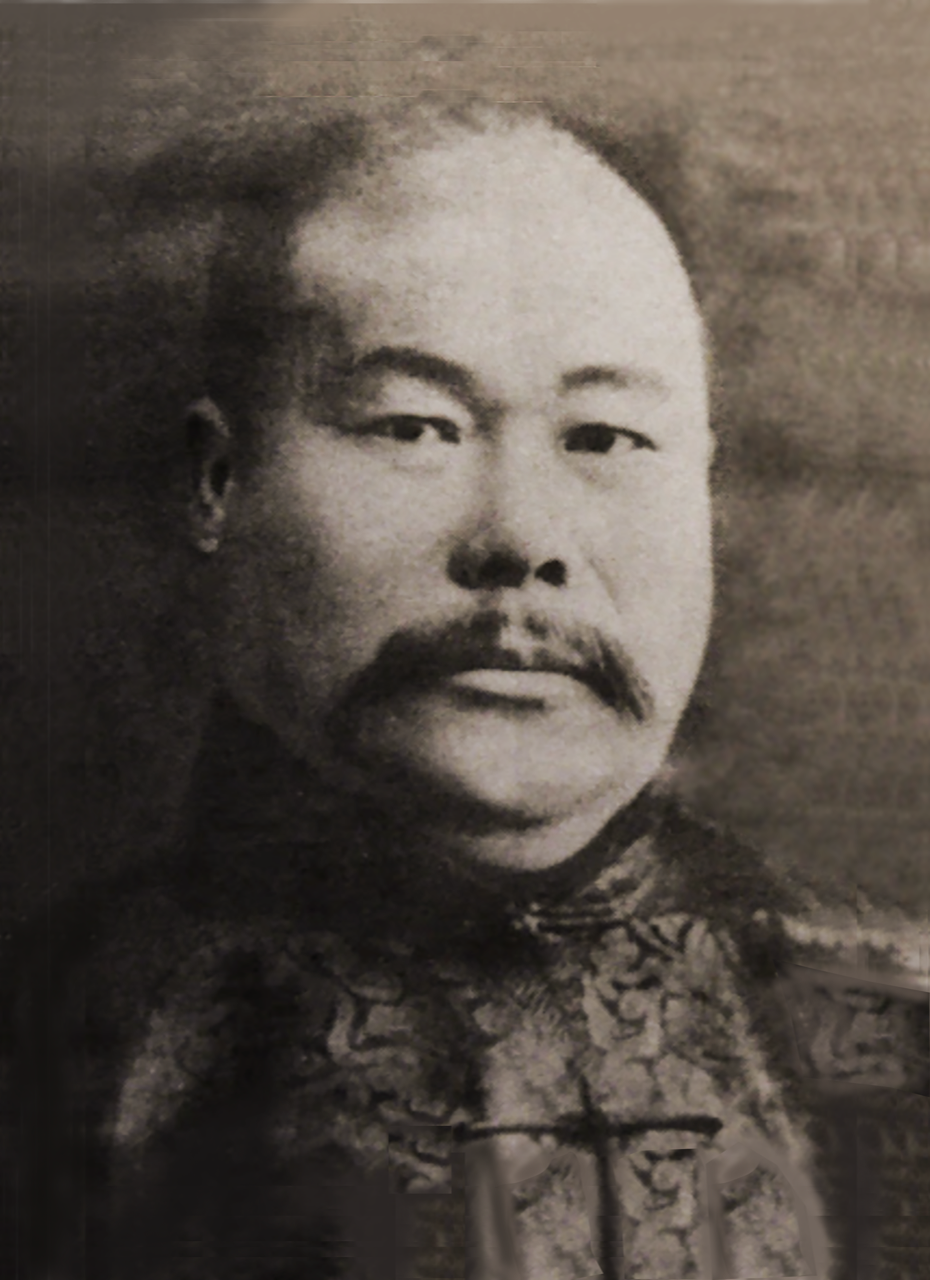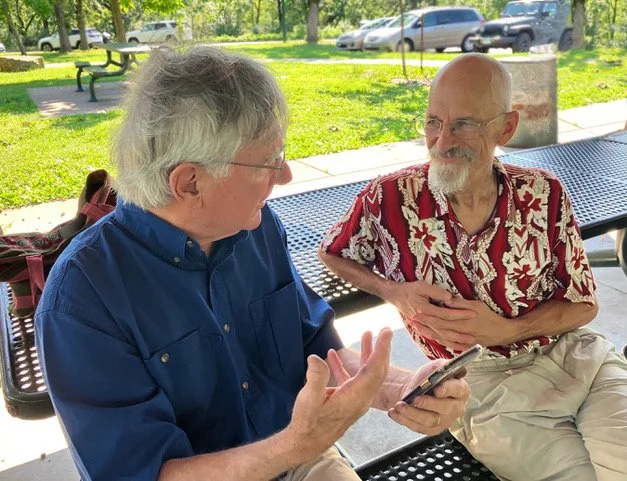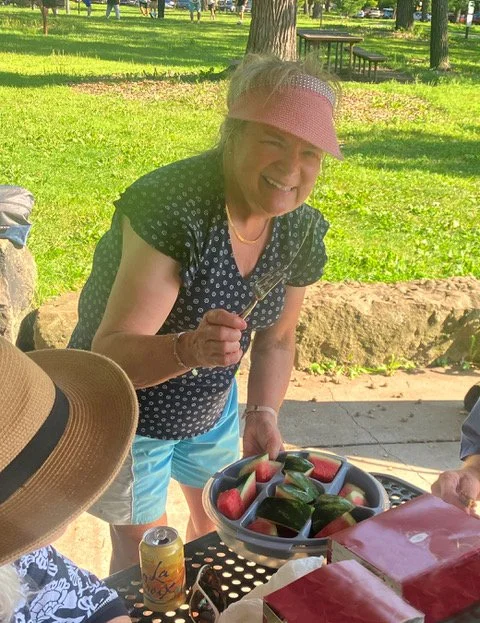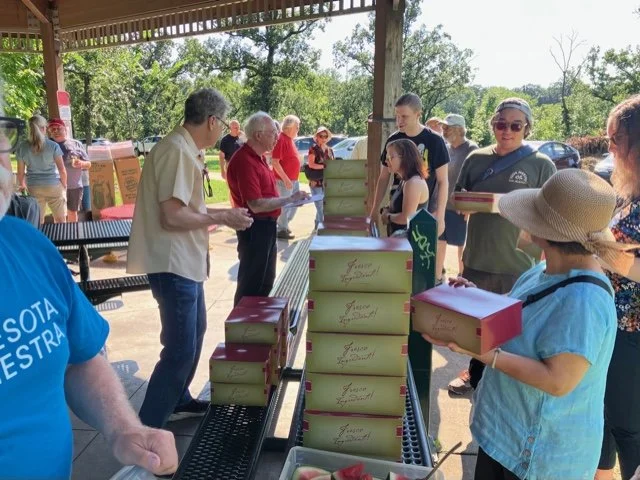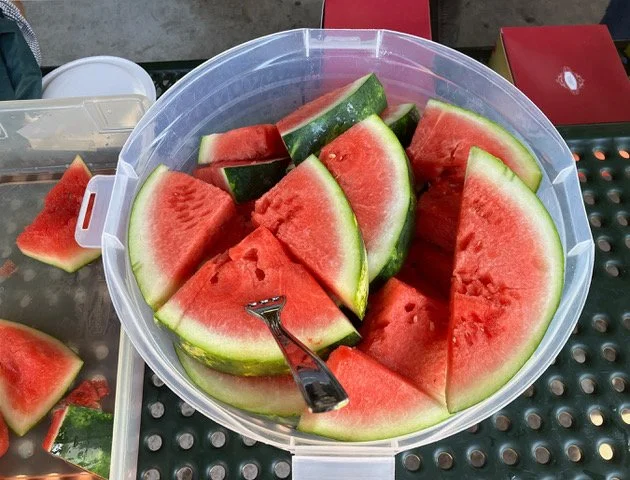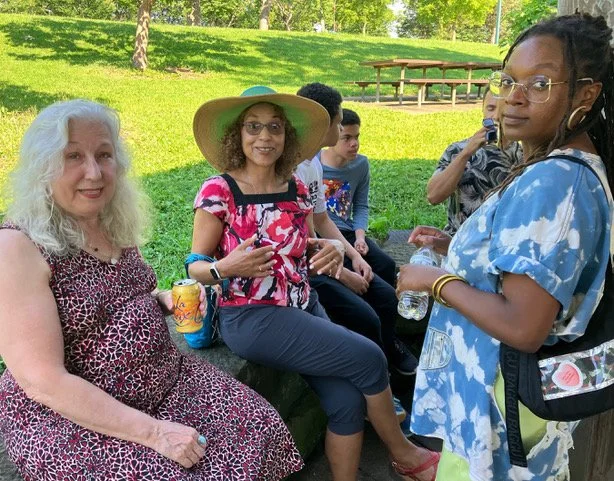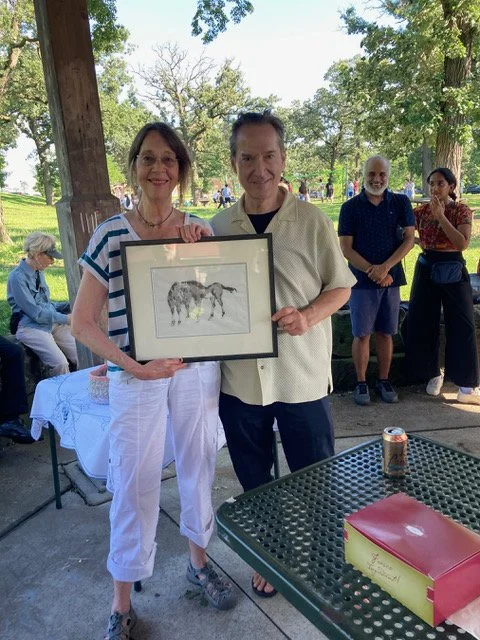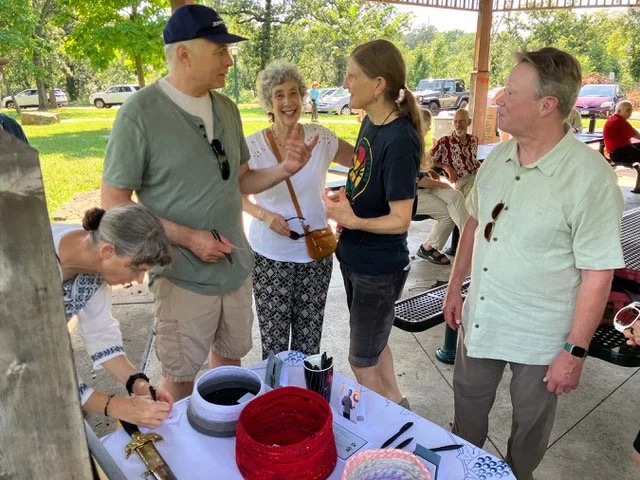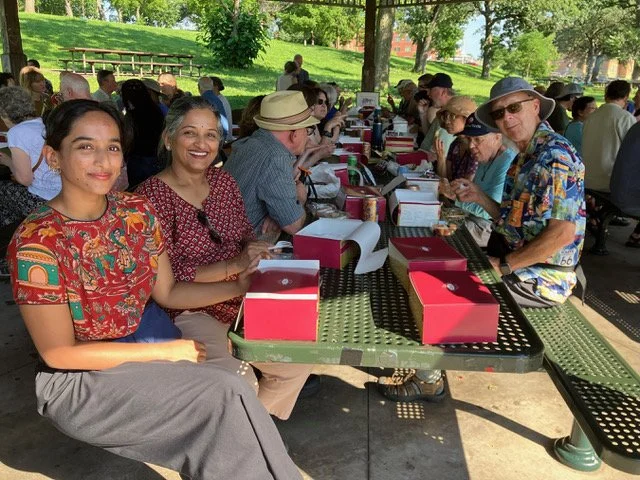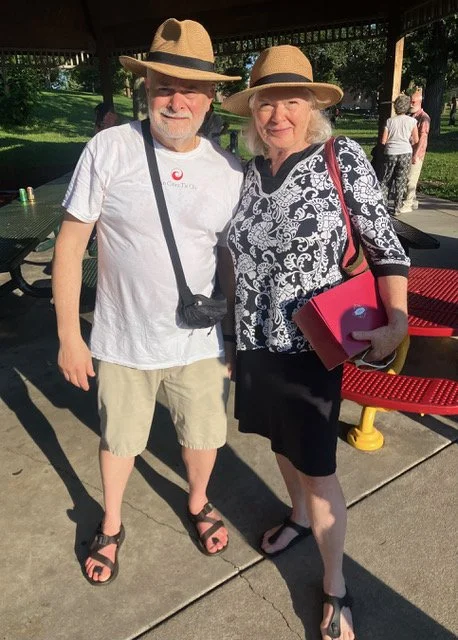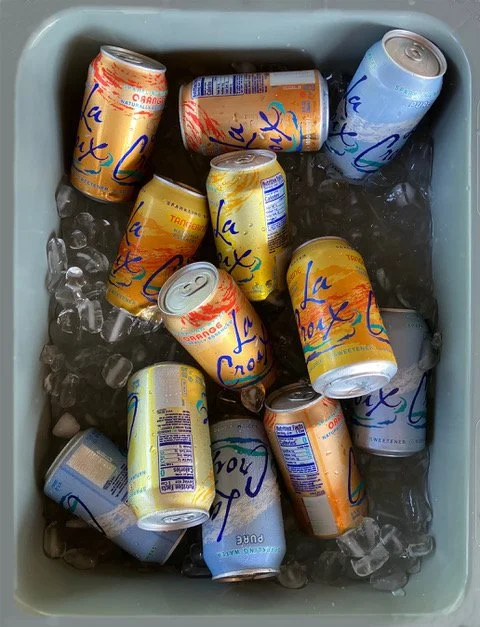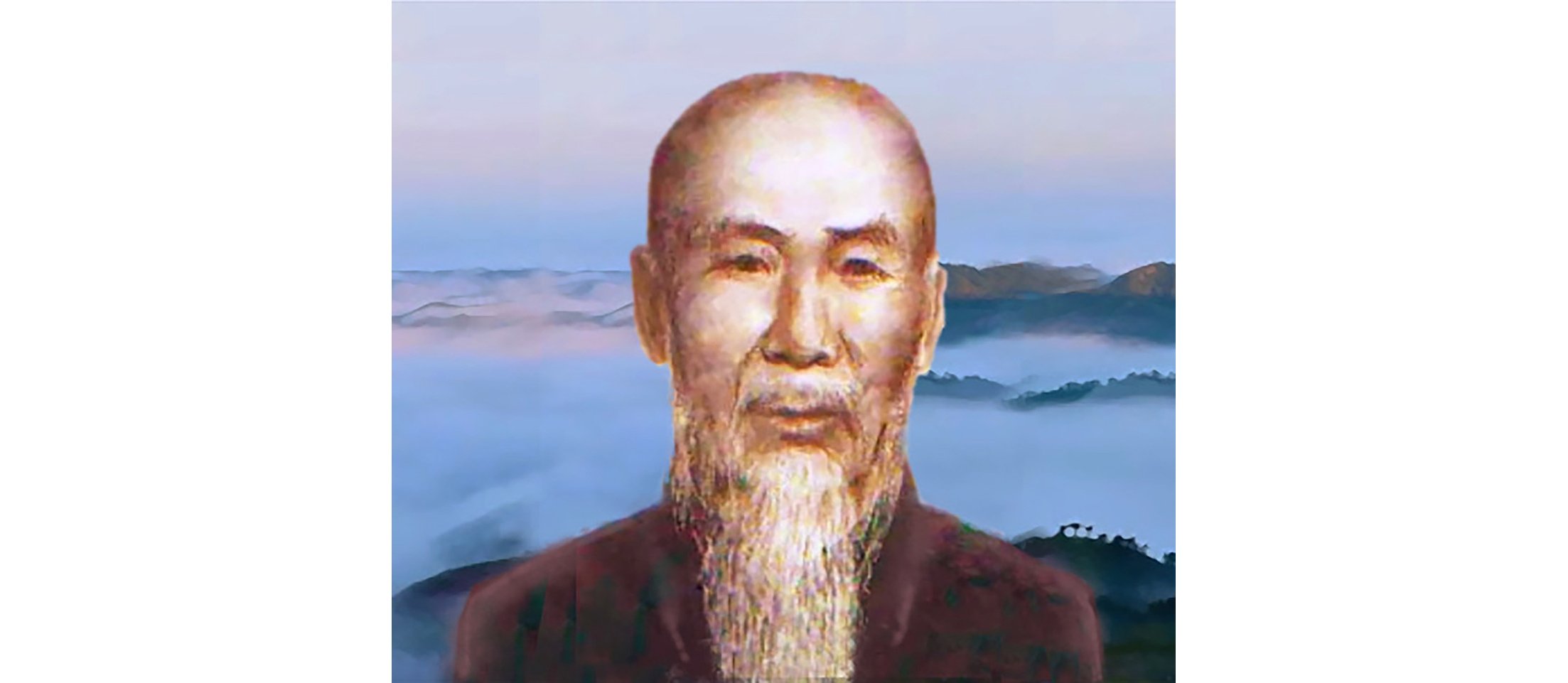The Five Family Styles of T'ai Chi Ch'uan, Part 3
/Yang Luchan, the founder of Yang Family– Style T’ai Chi Ch’uan, taught his complete T’ai Chi system to his two sons, Yang Pan Hou and Yang Chien Hou. In keeping with the kindness and transmission he received from Chen Chang Hsing, Yang Luchan also taught disciples from outside his family clan, some of whom went on to innovate and develop styles of their own. The following biographical sketch profiles these innovators and the T’ai Chi systems they created and concludes our look at the five families of T’ai Chi Ch’uan.
Wu (Yu-hsiang) Style
Yang Luchan was teaching T’ai Chi Ch’uan in Yangnian County, where he was from; he was teaching in the building that housed the apothecary owned by the Chen family, where he had been introduced to Chen Family T’ai Chi so many years before. The building that housed the apothecary was owned by the Wu family.
Wu Yu-hsiang (1812–1880)
Wu Yu-hsiang and his two brothers had learned a Shaolin-based martial art from their father. When they saw Yang Luchan teaching and witnessed his high-level skills, they were spellbound and asked if he would teach them. They were among his early students and, over time, became senior students of the Grandmaster. Wu Yu-hsiang also learned from Chen Ching Ping of the Chen family, and he studied his small-frame Chen-style form for a short period of time.
Wu Yu-hsiang was a scholar and nobleman who came from a wealthy family. He became a tutor to Yang Luchan’s sons and taught 2
them how to read and write. His cultured background undoubtedly fostered his ability to write, as there are important and influential written works on Tai Chi Ch’uan theory attributed to him (e.g., Exposition of Insights Into the Thirteen Postures) that have become part of the canon of T’ai Chi classics.
Wu Yu-hsiang’s brother, Wu Deng Qing, discovered a manuscript hidden away in a salt shop, which was the T’ai Chi Treatise, a classic on T’ai Chi principles attributed to Taoist Wang Chung Yueh. Wu Yu-hsiang studied the manuscript and the principles outlined in the treatise deeply; this helped shape the development of his own style and understanding of T’ai Chi. The form Wu Yu-hsiang taught initially was the Old Yang-Style form of his teacher, Yang Luchan. He later modified his form to a small frame, with rounded, circular postures and high stances.
Wu Yu-hsiang passed his art on to his nephew, Li I Yu, who also wrote important works on T’ai Chi.
Li I Yu
Li I Yu passed the art to Hao Weichen, a prominent martial arts figure at that time. Hao Weichen passed on the art of Wu Yu-hsiang to his son and grandson. After three generations, the style was sometimes referred to as Wu-Hao style; Hao Style; Wu-Li Style; or simply Old Wu Style, in contrast to the much later T’ai Chi of Wu Chien-ch’uan. Hao Weichen, in addition to teaching his son and grandson, taught Sun Lu-t’ang, a renowned master of internal martial arts and founder of his own hybrid form of T’ai Chi Ch’uan. Wu Yu-hsiang’s T’ai Chi style is respected and practiced as one of the five major styles in China but is not practiced much outside of the Mainland.
Hao Weichen
Wu- (Chien-ch’uan) Style T’ai Chi Ch’uan
Wu Chien-ch’uan was taught T’ai Chi Ch’uan by his father, Wu Ch’uan-yu (1834–1902), who worked as a bodyguard in the Imperial Court. As a bodyguard, Wu Ch’uan-yu was a professional martial artist, skilled in many styles besides T’ai Chi Ch’uan. He was a disciple of Yang Lu Chan and also a student of Yang Pan Hou. Yang Luchan’s prestigious position teaching T’ai Chi at the Imperial Court to both the Royal Guard and the Royal Family necessitated he modify his Old Frame Form due to the long robes with long sleeves that were required dress in the court. These garments restricted movement, so Yang Luchan created a small-frame form to accommodate this restriction while still retaining practical and effective techniques. Wu Ch’uan-yu learned Yang Luchan’s small-frame form. He had many students, including his son, Wu Chien-Ch’uan, whom he taught from a young age.
Wu Chien-ch’uan (1870–1942)
Wu Chien-ch’uan became a highly skilled T’ai Chi practitioner; he was also an archer and equestrian. His early form was the same form he learned from his father, Yang Luchan’s small-frame form. Over time, he began to refine his movements, adapting to a short parallel-foot stance and a 30° forward lean that created a straight line from the rear heel through the spine that both rooted and released energy easily. He also created a T’ai Chi “fast form.”
The Wu and Yang families were close; Yang Cheng Fu and Wu Chien-ch’uan practiced Push-Hands together, and Wu called him Third Uncle, because he was a generation older but close enough to be considered family. Wu Chien-ch’uan, Yang Shao-hou, Yang Cheng-fu, and Sun Lu-t’ang all taught T’ai Chi at the Beijing Physical Culture Research Institute.
Wu Chien-ch’uan taught many students, including his sons and son-in-law, Mah Yueh Liang, who became his successor. Mah Yueh Liang and Wu Ying Hwa formed the Jian Quan Taijiquan Association, which promoted Wu Chien-ch’uan style T’ai Chi Ch’uan and spread it all over the world, making it the second most widely practiced T’ai Chi style in the world after Yang Style.
Sun-Style T’ai Chi Ch’uan
Sun Lu-t’ang was born in Hebei Provence with the name Sun Fu Chuan.
His father was a poor farmer who would barter some of his crops to get his son an education. He excelled in his studies, but they only lasted a few years, as high taxes and low crop yields forced his father to sell the family farm; his father died a short time later.
Sun Lu-t’ang (1869–1933)
To make ends meet, Sun Lu-t’ang’s mother sent him to be a servant in a wealthy man’s home for room and board. Lu-t’ang was frail and weak as a boy, and he was bullied by the wealthy man’s son. Lu-t’ang met a local martial arts teacher who was willing to teach him a Shaolin-based martial art. Lu-t’ang wanted to learn martial arts so that he would grow stronger and no longer be bullied. He learned quickly and soon fell in love with martial arts. Lu-t’ang lost his position as a servant in the household after beating the master’s son, who tried to bully him for the last time.
Lu-t’ang went to live with an uncle who owned a calligraphy shop, working and learning calligraphy. Through his uncle, Lu-t’ang met a scholar named Li Kuei Yuan, who saw him practicing his martial arts one day and offered to teach him the martial art Hsing-I Ch’uan. This is a style with powerful and lively footwork and straight-line attacks based on the Taoist theory of the five elements. In time, Li introduced Lu-t’ang to his teacher, the Hsing-I master Kuo Yun Shen. This began Sun Lu-t’ang’s journey into the first of his trio of internal martial arts styles. Lu-t’ang worked hard and was worked hard by Master Kuo, and after 8 years, he had completed his studies.
Kuo Yun Shen recommended to his student Lu-t’ang that he study Pa Kua Chang, a circular, internal martial art based on the eight trigrams of the I-Ching; he introduced Lu-t’ang to his friend, Pa Kua Master Cheng Ting Hua. Sun Lu-t’ang was now around 30 years old and studied intently for 3 years with Cheng, who gave him the name Lu-t’ang and told him to go and test himself out in the world and perfect his skills. Sun Lu t’ang practiced and persevered and became a highly skilled and well-known martial artist.
When Sun Lu-t’ang heard there was an accomplished martial artist coming to the area, he would make a point to meet them, not to challenge them but to make their acquaintance and possibly compare and exchange knowledge. Lu t’ang heard that Hao Weichen was in Beijing for a visit and went to the city to meet him. When he found Hao Weichen, he was sick from his travels and laid up in his room. Sun Lu t’ang found him a doctor and stayed and helped care for him until he recovered. Hao Weichen repaid this kindness by teaching Sun Lu t’ang T’ai Chi Ch’uan.
Over time, Lu t’ang mastered the Wu Yu-hsiang T’ai Chi he learned from Hao Weichen. He now had mastered three internal styles that he began to refine, explore, and integrate. T’ai Chi became his primary style, to which he added footwork from Pa Kua; follow-steps and leg and waist movement from Hsing-I; and soft body power from T’ai Chi while retaining the original form sequence. He wrote books on Pa Kua, Hsing-I, and T’ai Chi for posterity.
Epilogue
From seemingly disparate streams of knowledge that flowed forward from antiquity into the hearts and minds of its antecedents and early innovators, T’ai Chi Ch’uan was forged into an art of great subtlety, power, and beauty. Through the rise and fall of dynasties, through times of abundance and scarcity, the five families explored, experimented, and persevered to push the practice of T’ai Chi to its highest levels, at first hiding and withholding the art and then openly sharing and promoting it. With more than 100 million people practicing T’ai Chi across the globe and medical studies continuing to validate its numerous health benefits, T’ai Chi Ch’uan has truly become a practice for the whole world.
Wu-Style T’ai Chi at Our Studio
The late Dr. Wen Zee visited our studio in 1998 (pictured here with Sifu Paul Abdella).
The late Dr. Wen Zee of Shanghai, China, was a Wu- (Chien Ch’uan-) style master of T’ai Chi Ch’uan and senior disciple of Ma Yueh Liang, the successor to the founder of the style. He was trained in both Chinese and Western medicine (cardiology) and served in two hospitals in Shanghai.
He moved to the United States in 1993, where he served as a visiting scientist at the Arizona College of Medicine. He taught Chinese herbal medicine and T’ai Chi Ch’uan at the hospital’s Wellness Center in Tucson, Arizona. He wrote numerous articles on T’ai Chi in Chinese martial arts and medical journals in China and the U.S. and co-authored two books with his teacher, Ma Yueh Liang. He is the author of “Wu-Style T’ai Chi Ch’uan: Ancient Chinese Way to Health.”
Dr. Zee visited Twin Cities T’ai Chi in 1998 and gave lectures on Wu Style T’ai Chi, the T’ai Chi classics, and T’ai Chi and medicine and health. He presented classes on Push-Hands and more. He stated that “the practice of T’ai Chi is actually a rest for the body and a period of pleasure for the mind and spirit.”



